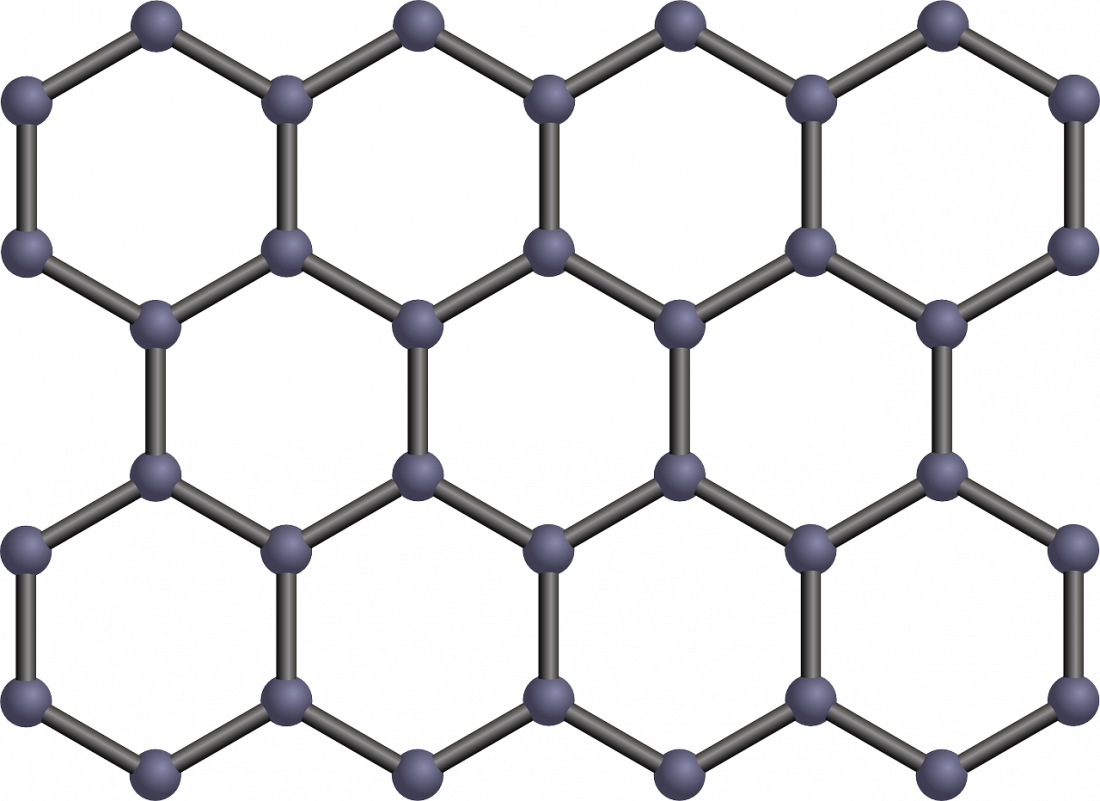You don’t need a doctorate in chemical engineering to know that graphene is the material of the future. We’ve all been told how the all-powerful, single atomic-layer of graphite will change the world, just as soon as we master industrialized production.
And given the money being spent on research, this may be just a matter of time, especially as the possible applications are so far-reaching. For example, a BBC report on graphene noted its extensive list of potential uses, including, “Flexible electronic screens … a ‘thin paint’ that acts as a rust protector … an ‘electronic ink’ … act as a sensor for measuring strain, gas, magnetism or pressure … aiding drug delivery … regenerative medicine … additive for advanced composite materials to make them impermeable or conductive or stronger…[and even] ‘e-paper.’”
But all that might be about to change, as researchers from Rice University, have published findings in the Journal of American Chemical Society that outlines how a single atomic-layer of boron may prove to be a more resourceful substance.
In their computer-simulation experiments, the online scientific journal Phys.org reports, how they theorized that, “if metallic ribbons of boron are stretched, they morph into antiferromagnetic semiconducting chains, and when released they fold back into ribbons.” And also that, “The 1-D boron materials also have mechanical stiffness on a par with the highest-performing known nanomaterials.” As well as the fact that, “they can act as nanoscale, constant-force springs.”
The report continues to describe how, “One-dimensional boron forms two well-defined phases—chains and ribbons—which are linked by a ‘reversible phase transition’, meaning they can turn from one form to the other and back.
The title picture to this article shows a series of stills from a simulation of the properties of one-dimensional boron. It shows how the material starts as a ribbon transforms into a single-atom chain, until it reaches the breaking point.
You can watch a video of the experiments on this YouTube clip.
To demonstrate these interesting chemomechanics, the researchers used a computer to ‘pull’ the ends of a simulated boron ribbon with 64 atoms. This forced the atoms to rearrange into a single carbyne-like chain. In their simulation, the researchers left a fragment of the ribbon to serve as a seed, and when they released the tension, the atoms from the chain neatly returned to ribbon form.”
“Boron is very different from carbon,” said lead researcher Boris Yakobson, Professor of Materials Science and NanoEngineering and Professor of Chemistry at Rice University. “It prefers to form a double row of atoms, like a truss used in bridge construction. This appears to be the most stable, lowest-energy state. [So] If you pull on it, it starts unfolding; the atoms yield to this monatomic thread. And if you release the force, it folds back.”
“That’s quite fun, structurally, and at the same time it changes the electronic properties. [Which makes for] an interesting combination. Because when you stretch it halfway, you may have a portion of ribbon and a portion of chain, [but] because one of them is metal and the other is a semiconductor, this becomes a one-dimensional, adjustable Schottky junction.”
A Schottky junction is a barrier to electrons at a metal-semiconductor junction and is commonly used in diodes that allow current to flow in only one direction.
Furthermore, the ability to couple magnetic state and electronic transport in the same material will be of great interest to researchers of spintronics, a state-of-the-art form of electronics that is thought to be key to the creation of future high-performance electrical devices.
“It may be very useful because instead of charge transport, you can have spin transport. That’s considered an important direction for devices that make use of spintronics,” said Yakobson.
Given the importance that nano-materials are expected to play in all our futures, the ability to control electronics on a nano-level with a material as small as an atomic-layered sheet or single ribbon of boron could prove priceless.
While for now the findings are only theoretical, the computer simulations conducted at Rice University were also able to predict the nature and possibility of carbon-atom chains known as carbyne, as well as boron fullerenes and two-dimensional films called borophene, all of which are now a reality having been successfully predicted by the Rice computer simulations.
But in the true spirit of cutting edge material science, the research team remains excited by their dicovery, even if it will take many years to become a practical reality. As Yakobson explains, “Even if they never exist, they’re still important since we’re probing the limits of possibility, a sort of the final frontier.”

